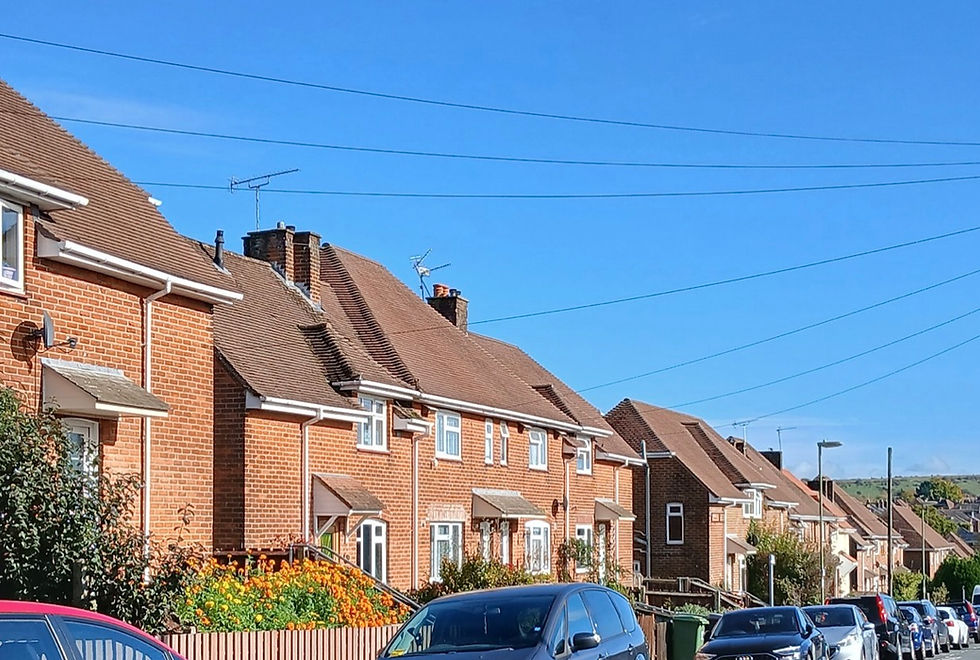Winchester Cathedral update
- Nov 15, 2022
- 3 min read
Updated: Nov 23, 2022

Catharine Gale and I from Hampshire Swifts went up to the belltower of the Cathedral with Verger Ian on 11 November - Armistice Day - to check on the internal Swift boxes that were installed in the bell tower in August 2020. Last year, 2021, the first pair bred in one of the boxes (Box 20) and in Box 19 another pair had started to build a nest, though that had largely been eaten by tineid moths by November 2021. You can read about the results from last year here.
As Swifts are long-lived birds and don’t generally nest until their fourth calendar year, it was likely that this year we would have just two nests rearing young – and that was exactly the case (in Boxes 19 & 20).


But the brilliant thing is that there were five other completed nests in other boxes, ready for next summer. These will likely have been bult by third calendar year birds, and included one (Box 7) where two eggs had been laid but both had been pushed out of the nest so neither had hatched. This is not unusual amongst younger birds during their first nesting season as they haven’t yet mastered the complexities of parenthood. And it also ties in perfectly with Catharine’s observations during this summer when using binoculars from the outside looking up at the tower she said that she had watched birds regularly going in and out of seven of the twenty boxes.

It is notable that this year, just two years since the boxes were installed, there was evidence in 18 of the 20 boxes that Swifts had been inside – sometimes there was just a feather or two inside, but it gives us a warm feeling knowing that they will be back in May next year and that Winchester Cathedral is providing them a safe home.

So fingers crossed that there will be seven pairs rearing young here next year and three or four other boxes might have completed nests inside. We’ll see if that’s the case next year – and of course it depends on the birds surviving the coming winter and the rigours of their hazardous migrations. I think we’ll also need to investigate the possibility of getting a camera or two into the boxes so that they can be watched live in the same way that the hugely popular Peregrines are also live-streamed.
I was interested to see that a Small Tortoiseshell had claimed Box 2 in which to spend the winter. It can’t have been the same individual that was in Box 1 last November as they only live until the spring of the following year. But it is a coincidence and I wonder if it is related to the previous individual. Perhaps such winter roost information is passed on from one generation to the next in the same way that birds like Swifts know how to navigate their way to Mozambique during the winter and then back to the same nest in which they nested the previous year.
Several of the boxes had tineid moths inside and the ones I saw were a species called Tineola bisselliella or Common Clothes Moth. The larvae of these moths feed on the feathery parts of the feathers and when full grown move to the top or sides of the box to pupate inside the case as shown here in Box 18.

It is 213 steps up the spiral staircase to the tower and at one point you come out next to the south parapet before going in another door and along the walkway inside the roof on the left before the final narrow spiral up into the bell chamber that can be seen in the distance. The Cathedral runs tours up here – if you are fit and brave enough!





Comments